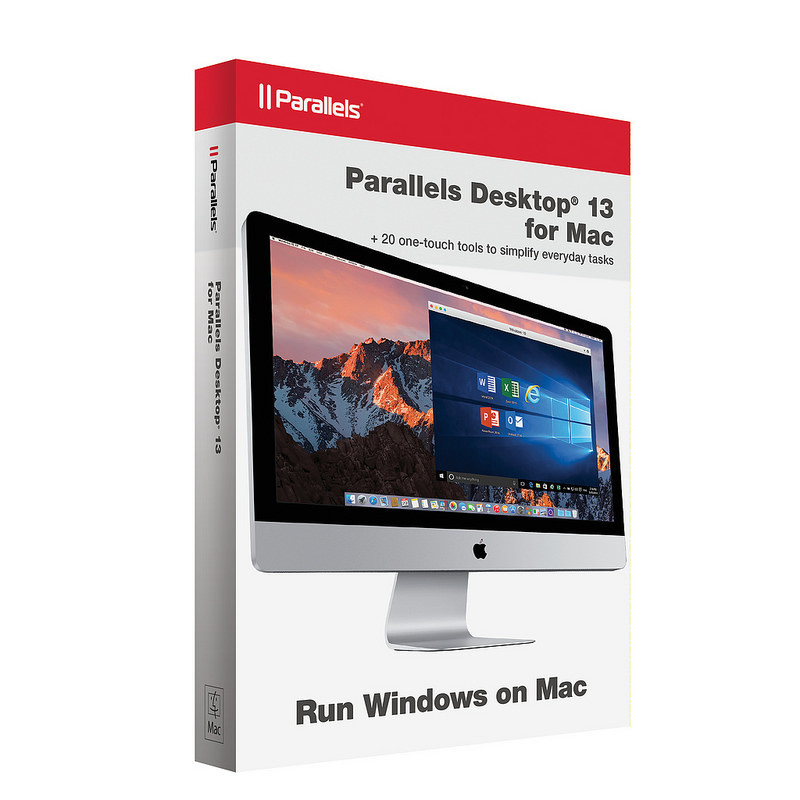

- Parallels for mac on mac install#
- Parallels for mac on mac windows 10#
- Parallels for mac on mac software#
- Parallels for mac on mac Pc#
Superior to Microsoft RDP but has minor issues If you have questions about Parallels Client, please visit our support page.įor more information about Parallels Client, visit Parallels Remote Application Server is an industry-leading solution for virtual application and desktop delivery.
Parallels for mac on mac Pc#
Parallels for mac on mac windows 10#
Note: for installing Windows 10 on ARM Insider Preview in Parallels Desktop see KB 125375.Parallels Client, when connected to Parallels Remote Application Server (RAS), provides secure access to business applications, virtual desktops, and data from your device.
Parallels for mac on mac install#
To run Windows 10 and its applications on a Mac with Apple M1 Chip, you need to install Windows 10 on ARM Insider Preview that can run the majority of Intel-based Windows 10 applications by using a built-in emulator. Note: See the list of supported operating systems in Parallels Desktop on Mac with Apple M1 chip.

Mac applications that are originally created for Intel-based Mac computers work on Mac computers with Apple M1 chip out of the box by utilizing the Rosetta framework - a translation process that allows running Intel x86_64 applications on Apple M1 chip. Rosetta can translate most Intel-based applications, but it can't translate the following executables: If you are switching from a Mac with an Intel processor to a Mac with Apple M1 Chip or the other way around, please refer to KB 125344 for more details. Therefore, a virtual machine created on an Intel-based Mac cannot be used on a Mac with M1 Chip, and vise-versa.
Parallels for mac on mac software#
Software applications are heavily dependent on a computer's CPU architecture: an application that is compiled (created) for one architecture, cannot be easily run on another architecture. Virtual machines created on Intel-based Mac computers have x86_64 CPU architecture that is fundamentally different from the ARM architecture. It is built on ARM architecture and includes a system on a chip (SoC) that combines numerous powerful technologies into a single silicon, featuring a unified memory architecture for dramatically improved performance and efficiency. Apple M1 chip is a successor of iPad’s A14Z chip and the first designed specifically for the Mac.


 0 kommentar(er)
0 kommentar(er)
